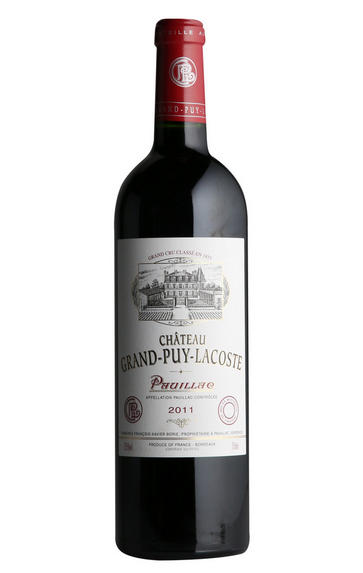
2011 Château Grand-Puy-Lacoste, Pauillac, Bordeaux
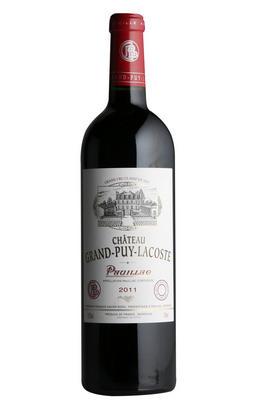
Critics reviews
Robert M. Parker, Jr. - 30/04/2014
Jancis Robinson - jancisrobinson.com - 15-May-2012
James Molesworth - Wine Spectator - March-2014
Robert Parker - Wine Advocate - April 2014
Overall, this is an elegant effort from Xavier Borie. A dark ruby/purple hue and a classic nose of smoky black currants and flowers are followed by a medium-bodied wine with more finesse and elegance than the blockbuster style seen in great vintages. Penetrating acidity gives the 2011 Grand Puy Lacoste excellent vibrancy as well as definition.
Robert Parker - Wine Advocate - April 2012
Tim Atkin -timatkin.com - April 2012
About this WINE
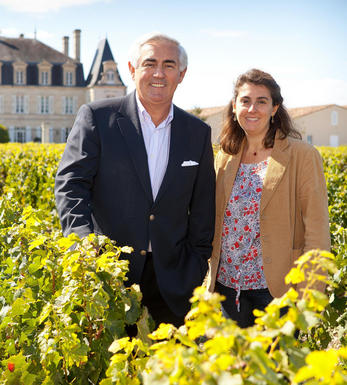
Chateau Grand-Puy-Lacoste
Château Grand-Puy-Lacoste is a 5ème Cru Classé Pauillac estate which has for many years been consistently outperforming its classification. Grand-Puy-Lacoste is located a couple of kilometres west of the town of Pauillac and is owned and run by François-Xavier Borie.
Grand-Puy-Lacoste's 90 hectares of vines (Cabernet Sauvignon 75%, Merlot 25%) are in one block surrounding the substantial 19th century château and lie on deep gravel beds over limestone. The grapes are fermented in temperature-controlled stainless steel vats and the wine is then matured in oak barriques (50% new) for 18 months.
Grand-Puy-Lacoste combines marvellous cigar box perfume with rich blackcurrant and cassis fruit and velvety power which is the epitome of top class Pauillac at its very best.
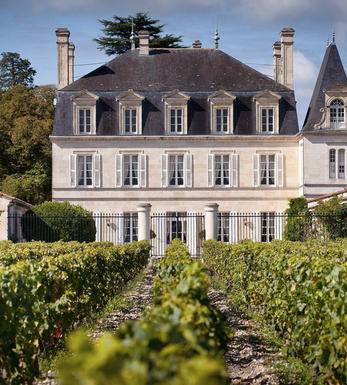
Pauillac
Pauillac is the aristocrat of the Médoc boasting boasting 75 percent of the region’s First Growths and with Grand Cru Classés representing 84 percent of Pauillac's production.
For a small town, surrounded by so many familiar and regal names, Pauillac imparts a slightly seedy impression. There are no grand hotels or restaurants – with the honourable exception of the establishments owned by Jean-Michel Cazes – rather a small port and yacht harbour, and a dominant petrochemical plant.
Yet outside the town, , there is arguably the greatest concentration of fabulous vineyards throughout all Bordeaux, including three of the five First Growths. Bordering St Estèphe to the north and St Julien to the south, Pauillac has fine, deep gravel soils with important iron and marl deposits, and a subtle, softly-rolling landscape, cut by a series of small streams running into the Gironde. The vineyards are located on two gravel-rich plateaux, one to the northwest of the town of Pauillac and the other to the south, with the vines reaching a greater depth than anywhere else in the Médoc.
Pauillac's first growths each have their own unique characteristics; Lafite Rothschild, tucked in the northern part of Pauillac on the St Estèphe border, produces Pauillac's most aromatically complex and subtly-flavoured wine. Mouton Rothschild's vineyards lie on a well-drained gravel ridge and - with its high percentage of Cabernet Sauvignon - can produce (in its best years) Pauillac's most decadently rich, fleshy and exotic wine.
Latour, arguably Bordeaux's most consistent First Growth, is located in southern Pauillac next to St Julien. Its soil is gravel-rich with superb drainage, and Latour's vines penetrate as far as five metres into the soil. It produces perhaps the most long-lived wines of the Médoc.
Recommended Châteaux
Ch. Lafite-Rothschild, Ch. Latour, Ch. Mouton-Rothschild, Ch. Pichon-Longueville Baron, Ch. Pichon Longueville Comtesse de Lalande, Ch. Lynch-Bages, Ch. Grand-Puy-Lacoste, Ch, Pontet-Canet, Les Forts de Latour, Ch. Haut-Batailley, Ch. Batailley, Ch. Haut-Bages Libéral.
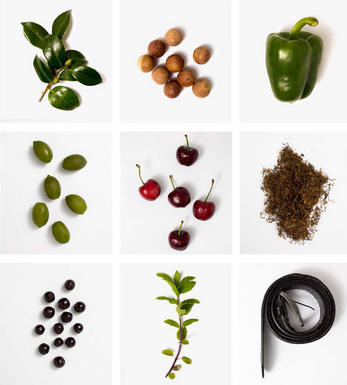
Cabernet Sauvignon Blend
Cabernet Sauvignon lends itself particularly well in blends with Merlot. This is actually the archetypal Bordeaux blend, though in different proportions in the sub-regions and sometimes topped up with Cabernet Franc, Malbec, and Petit Verdot.
In the Médoc and Graves the percentage of Cabernet Sauvignon in the blend can range from 95% (Mouton-Rothschild) to as low as 40%. It is particularly suited to the dry, warm, free- draining, gravel-rich soils and is responsible for the redolent cassis characteristics as well as the depth of colour, tannic structure and pronounced acidity of Médoc wines. However 100% Cabernet Sauvignon wines can be slightly hollow-tasting in the middle palate and Merlot with its generous, fleshy fruit flavours acts as a perfect foil by filling in this cavity.
In St-Emilion and Pomerol, the blends are Merlot dominated as Cabernet Sauvignon can struggle to ripen there - when it is included, it adds structure and body to the wine. Sassicaia is the most famous Bordeaux blend in Italy and has spawned many imitations, whereby the blend is now firmly established in the New World and particularly in California and Australia.


Buying options
Add to wishlist
Description
My second placed wine, and also second in the Pauillac flight behind Ch. Pichon-Baron. Lightness of touch here. Cleanly made but with traditional restraint – nothing pushed. Cedary and savoury, with freshness and detail on the finish. Real style and breed. Fantastically drinkable. I can’t stress enough what a bargain this is – it is absurdly cheap for those people that want to drink proper Bordeaux in 6 or 7 years’ time.
Philip Moulin, Fine Wine Buyer
Pretty close to the top of my list of personal buys from the vintage. Fabulous intensity, purity and complexity combination, all lying within a dense red fruit core that seems endless on the finish. Xavier, I don’t know quite know what you have done over the last few vintages but please keep it up. A cellar must have!
Simon Staples - Sales Director, Asia
wine at a glance
Delivery and quality guarantee